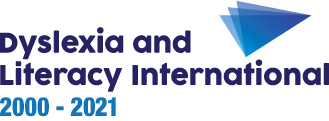Pages in Section 1
We have learnt that:
Dyslexia is a brain-based condition which induces difficulties with reading, writing and spelling, and is often accompanied by weaknesses in concentration, short-term memory, organization and sequencing.
Most children with dyslexia display a core phonological deficit, i.e. weaknesses in building representations of speech units – in particular of individual ‘sounds’ (phonemes).
These weaknesses impede the setting up of the decoding system which converts ‘letters’ into ‘sounds’ for reading, and ‘sounds’ into ‘letters’ for spelling, and then of the system for direct access for the pronunciation of the word from print.
Hence, learners with dyslexia develop mechanisms of word identification which are less automated, that is less accurate, and much slower, than in learners without dyslexia. As a result, they encounter more or less severe problems with reading and spelling, as well as with understanding and composing texts.
If they are not identified, supported, and taught in a suitable way, they become discouraged and risk losing all self-esteem, which may induce drop-out, lead to unemployment, and becoming marginalised or developing antisocial behaviour.
Dyslexia is actually not a single category but a condition found in a spectrum of deficits with complex interactions. Hence it may be associated with other learning difficulties. More and more, researchers refer to these as the ‘dys-constellation’.
Children with dyslexia often show superior abilities in domains other than reading and writing, in particular with spatial, creative, and computer skills.
This completes Section 1. Now please test yourself.


